What is bleed and why we need it?
Posted by Adrian Davis on
When creating a design for print, there are many different things you’ll need to consider. You need to think about the layout, the stock (type of paper) it will be printed on, any extra finishing that will be involved (creasing, forme cut, lamination, etc). All of these different things can feel a bit like walking through a minefield to the novice but that’s where an experienced printer can be worth their weight in gold. Unlike many other printers, at Saxon Print we’ll take your precious artwork and physically look at it before going to print and advise on any alterations or tweaks which may be necessary to get your project to the high standard you expect and deserve. We don’t rely on fully automated processes that can miss some obvious mistakes. Over the next couple of months we will be publishing a series of blogs explaining different aspects to design that you may need to consider to get the best out of your design.
This week at Saxon Print we are exploring what bleed is and why we printers are always saying we need it.
So let’s start with what bleed means?

Because printing is a mechanical process, all commercial printers will require an area to grip the stock so not to damage the output. So, if our machines need a non-printed area to hold the paper, how do we print to the edge of a sheet? Well, it’s not some kind of wizardry or witchcraft. Unfortunately it’s much simpler and unimpressive than that, we actually print on larger sheets and cut them down to the finished size. The print trade uses standard oversized paper sizes such as SRA2, SRA3 and will cut down to A2 and A3 etc. The larger sizes allow for extra information (such as bleed) which will not end up on the final product but are essential to creating a quality job for you, the customer.
When you are creating the artwork to supply to a commercial printer the final file will be larger than the finished size. In the extra space there will be bleed, which is an extra 2-3mm border all around your design. The other thing that must be included is crop marks. The crop marks are there to show the guillotine operator where to ‘crop’ the final print.

But why do I need bleed?
The bleed is there to give us printers a margin of error. Commercial printing machines are not infallible and (despite some personal views) neither are the operators. There will be small variations throughout the printing process that result in a small amount of movement with the artwork on the sheet. The more processes you add (e.g. perforating, binding etc) the more chances of movement. Paper stock can shrink and stretch depending on humidity and temperature. While traveling through the printing press paper skews as the machine applies the ink, and static electricity can build while feeding from stacks. Any or all of these combine to create a small amount of movement of the ink on the sheet. If you consider perfect placement to be position 0, then the ink can move between -1mm and +1mm throughout the run. This is an industry standard tolerance/margin of error. New technology and operator skill strives to keep it to an absolute minimum, and some printing techniques are more prone to it that others, but unfortunately it’s not something that can be completely eliminated. This is where bleed is needed, it allows for this movement so when the guillotine operator cuts the job you aren’t left with a thin strip of unprinted area down one side of the final product.
The Quiet Border
Okay, so we’ve covered bleed and what it’s for. You may also need to know about the ‘quiet border’. This, much like bleed, is to allow for movement during the printing process. If bleed is an external margin, think of the quiet border as an internal bleed for your job. When creating your design you’ll need to make sure that there is a margin of at least 4-5mm (you could double this for booklets and can need up to 50mm for banners). Where there is anything of importance in your design such as text, make sure it doesn’t encroach into this area. This will ensure that even if a small amount of movement does occur your final product will look professionally designed and won’t look too close to the edge or even lopsided.

If you intend to produce designs for printed media (e.g. flyers business cards, etc), the best option might be to use programmes such as Adobe Illustrator, CorelDraw or a similar vector-based application; just remember the bleed and quiet border. Either way, it's always wise to print a hard copy off before you send it to us to check the layout. If you have any concerns about layout etc. it’s always best to talk to us before starting the printing process. We offer a File Assist & Print Service, for a small fee, we can produce proofs, give advice and alter the files (if required) for you. It can save you the trouble of your print jobs not looking the way you hoped they would.
Share this post
- Tags: Design
